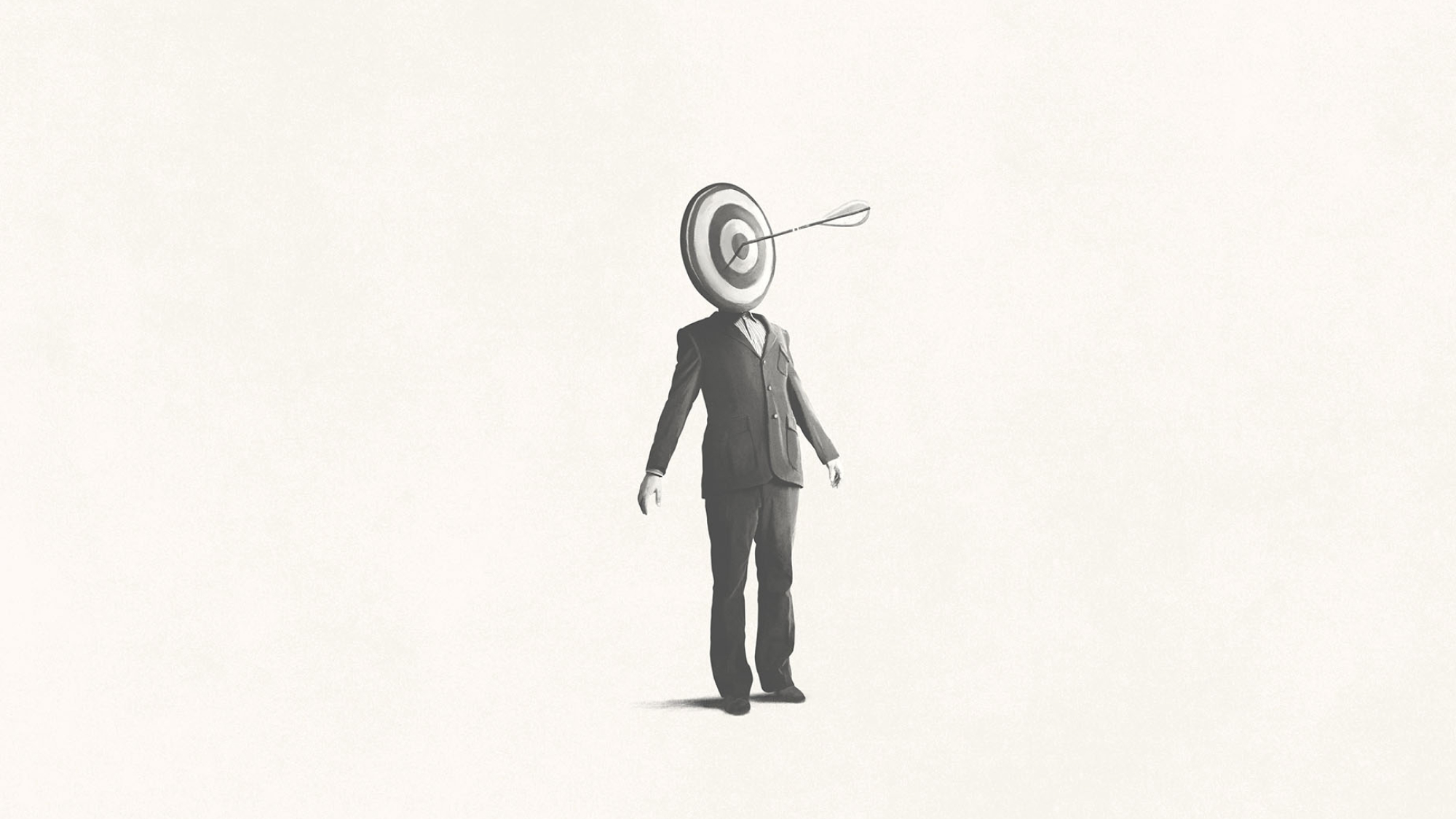
While there are just as many things out in the modern world that we can point our fingers at for the cause of distraction — from social media to advancing technologies — we need to realize that distraction doesn’t only come from the outside, but also something that starts from within.
Be indistractable
Based on his book, “Indistractable” by Nir Eyal, our ability to be distracted is often derived from the internal triggers we feel. According to his research, Nir Eyal indicates that everything that we inevitably do, whether good or bad, is a means to destabilize whatever psychological discomfort felt deep down inside.

Whether it’s trying to push down the discouraging voice that tells us we’re not good enough or just trying to feel useful for a moment, we take action to do something because we look to escape from the demons that pull at our internal strings.

As such, when it comes to managing time effectively, it’s no longer just a battle to ignore and resist the external temptations that try to grab our attention (the pinging of constant notifications, the endless stream of consumable content, or the requests from people around us).
Instead, we also need to learn to gain control of the internal triggers that pull at us from within — that lead us astray from doing the things that actually matter.
For example, let’s say you’re trying to finish writing that book of yours by the end of the month. It’s a daunting task and requires a lot of patience and discipline to stay focused, and completely in the zone. Yet, as you sit in front of your screen, trying to think of the words to write, you tell yourself that you need more ‘inspiration’ or ‘research’ to start writing. So, you start browsing and planning your book out, doing everything except writing.
While you may be keeping busy, the question remains: are you really being as productive in completing that book as you should be?
At the end of the day, your book isn’t progressing, and as much as all the actions you’ve taken are rationalized as being ‘for the sake of the book,’ this behavior is just as much of a distraction as the ping from your phone.
The power of forethought
While we are all subject to distractions, what we need to remember is that we are not helpless victims of distraction.
There is a need to get more control over the internal triggers within, and steadily push out the external ones surrounding us — but what’s most important to do all of that successfully is to plan for the future: to obtain the power of forethought.
“The antidote to impulsiveness is forethought“
Forethought is the ability to carefully consider what actions to take based on estimating what may happen in the future.
With every temptation of distraction, we can look to see how we can strategically map out our next moves or design our environment so that such temptations don’t exist. For example, if you’re finding yourself disappointed at the fact that you keep grabbing your phone first thing in the morning, then perhaps it’s best not to place your phone in the same room entirely.
Or if you feel anxious about having to sit down for an hour or two to complete that weekly report every Monday, why not spend a few minutes every single day the week before to fill it in progressively, so that by the time Monday hits, you’re already done?
Forethought, after all, equips you with the ability to think and plan ahead. Instead of reacting to the moment then and there, you proactively structure out your days, weeks, or months so that there is no room to be distracted — everything is already set.
Leveraging distraction to your advantage
While we do want to be less distracted, and more productive, there is a positive side to leveraging distraction — and that is to cope with stress. Sometimes, no matter how focused or productive we are, there’s only so much our cognitive mind can take.
In those moments when we feel an overwhelming amount of stress, this is where understanding how to leverage distraction can be useful.
Pushing through the pain won’t do us any favors long-term, and ignoring/running away from it doesn’t solve the stresses that come with the grind. It’s important to make sure not to confuse the actions of avoidance and distraction, as they are two different things.
For one, avoidance is the act of doing whatever we can to not face the issue at hand. Grounded in fear, we avoid situations, people, or places that make us feel uncomfortable or unpleasant. This in itself causes an unconscious cycle of avoidance that can plague our lives.
Avoidance is not healthy and is ultimately ineffective. We fail to face the anxiety at hand, and simply running away from an issue won’t necessarily resolve it.
Distraction, on the other hand, is a bit different.
Unlike avoidance, distraction involves merely stepping away from a given stressful situation briefly but returning back to face the issue when anxiety levels have decreased.
With the distraction coping mechanism, we don’t run away but simply step away for a moment to reassess and re-engage the situation differently.
Whether it’s going for a quick walk outside to get some fresh air or putting our attention elsewhere for a period, the main idea behind distraction is to unwind the mind a bit later, so we can navigate through the problem more effectively.
Some examples of distraction for coping with stress might be putting our hand in a box to fiddle around with things, or simply going out for a walk and focusing on what’s happening outside for a moment.
Learn to pay attention
Whatever the case may be, don’t feel too guilty for being distracted.
Research from Harvard University states that our minds are lost a whopping 47% of the time anyway. Additionally, biologically our brains function in a way where we work off bursts of attention, instead of long-streaming concentration.
So paying attention is definitely not easy. We are beings susceptible to distraction. But knowing this reality is why it’s important to start learning to train our brains to pay attention.










